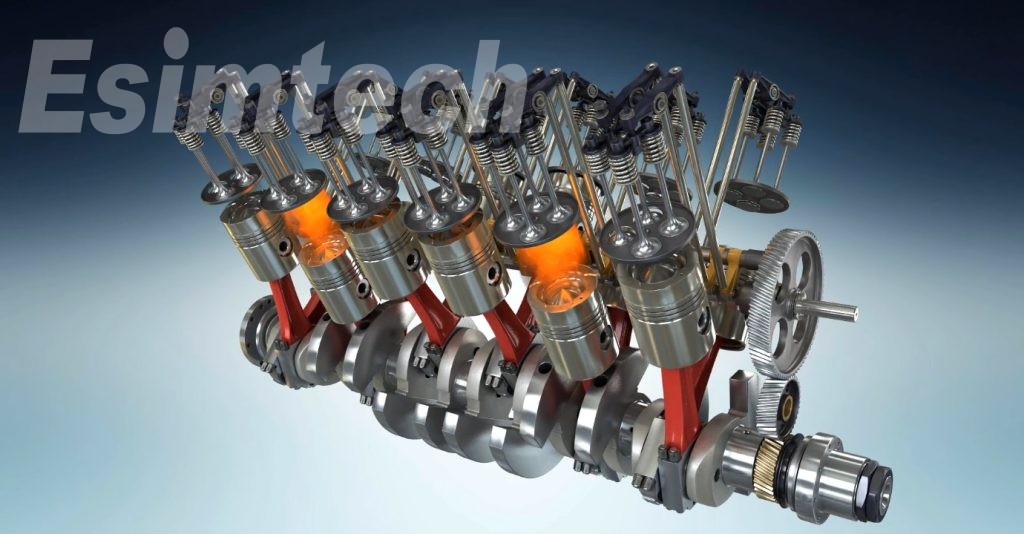How Oil Pumpjacks Extract Crude Oil from Underground?
How Oil Pumpjacks Extract Crude Oil from Underground?
Blog Article
Basic Structure and Terminology
Called pump jacks, oil horses, or oil derricks, these large metal structures are crucial to supplying the US and ultimately the world with its oil needs. They function as traditional sucker rod pumps, known more technically as reciprocating piston pumps, and are made up of five main parts:
Prime Mover
Crank
Samson Posts
Walking Beam
Sucker Rod
The motor or engine that supplies rotational energy.
Converts rotational motion into up-and-down movement.
The main A-frame support structure.
The major lever arm responsible for pumping.
Attached to the horse head, moves up and down in the well.
The samson posts make up the main A-frame of the structure. They function as the basic support allowing the pumping mechanisms to work together. Atop the samson posts sits the walking beam, attached to a piece called the horse head. These parts together make up the major lever arm in the structure responsible for most of the pumping. They move up and down due to rotational movement from a smaller arm called the crank. The crank usually has a counterweight to balance forces on the oil derrick and it gets its power from the prime mover, usually through a gearbox.
How the Pumpjack Mechanism Works
The prime mover is simply a complicated name for motor or engine. This supplies the rotational energy to the system that works through all of the subsequent parts to create the bobbin pumping motion that these derricks are known for.
Attached to the horse head is something called a sucker rod, which moves up and down in the well hole. There are two stages of the pumping process: the upstroke and the downstroke.
| Stroke | Valve Behavior | Oil Movement |
|---|---|---|
| Upstroke | Riding valve closed, standing valve opened | Oil drawn up from the source into the well |
| Downstroke | Riding valve opened, standing valve closed | Oil pushed above the riding valve, moving upward |
Repeating this process over and over again slowly pushes the oil up and out of the well at a rate determined by the pump's speed, size of stroke, and well diameter. This functionality works similarly to how most pumps work using what would traditionally be called a check valve. This valve functions identically to how the valves in the oil derrick work, allowing flow of a fluid in one direction but not the other.
Relation Between Pump Size and Well Depth
As the oil horse operates, the oil is forced out of the reservoir and the valves don't allow it to flow in the other direction. Their size is usually directly correlated to how deep an oil well might be. The larger the oil horse, the deeper the oil reserve. This relation is simply because bringing oil up from deeper depths requires a significantly larger amount of effort.
These derricks generally pump anywhere from 1.5 to 10 gallons of oil per stroke. The liquid extracted is usually a mixture of crude oil and water that then needs to be separated and refined.
What Happens After Oil is Pumped
Once the oil is pumped, there are two main options depending upon location. Some derricks will fill a large container with the oil that is then trucked away at certain intervals, or the oil is directly pumped to a central holding station through a pipeline.
While renewable energies may be making a strong play for powering the world, oil will likely be here to stay for quite some time. All this means that oil horses across the country will keep on bobbing, bringing up oil from deep beneath the surface.
When driving past them on the road, understanding that these seemingly complex machines are actually just large simple pumps working to help your car keep on moving can be enlightening. For a visual breakdown of the entire drilling and pumping process, the Oil and Gas Drilling Animation provides a clear and instructive animation.
